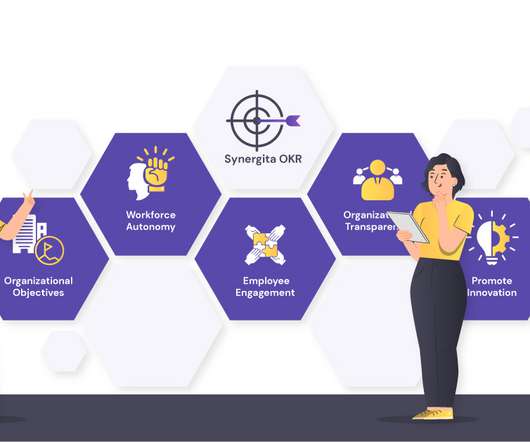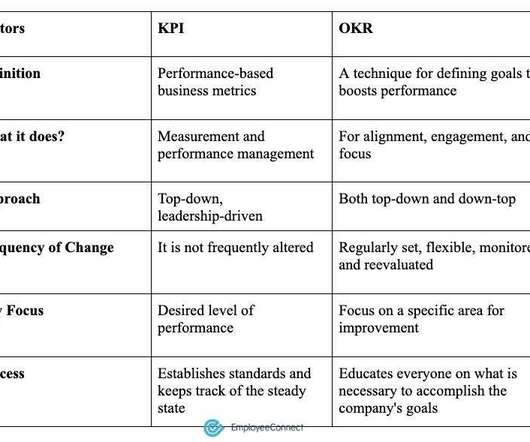Connecting Skills with Organizational Goals Using OKRs
AssessTEAM Performance Management
DECEMBER 18, 2024
In todays fast-paced and competitive business environment, organizations are constantly seeking ways to align employee development with their strategic objectives. One proven method for achieving this alignment is through the use of Objectives and Key Results (OKRs). By aligning skills with OKRs, organizations can: 1.























































Let's personalize your content